I walked along the languid river, scanning the water for spotted gar. Gar are among my favorite fish, and a friend had told me they abounded here. But I saw only a few, and they darted away at my approach.
A few minutes later, I understood the skittishness. A guy strolled up with a bow, and let fly with an arrow across the river. At first, I was startled. The river here flowed through an Indiana county park, well-mowed and with numerous trails for jogging and dog walking.
The man walked along a river path, though, and kept shooting. I saw him shoot one gar, reel it in and toss it on the bank. He shot another that flopped off as it got near the bank.
It’s a scene becoming increasingly common at many streams, rivers, lakes and bays across the United States. Bowfishing – hunting fish with a bow – is growing in popularity. Many enthusiasts promote the activity as beneficial to freshwater ecosystems via the removal of invasive and “pest” species. But the reality is that many species targeted by bowfishers are long-lived, slow-growing native species that may be susceptible to overharvest.

What is the effect of increased bowfishing on native species? No one can say for sure. The topic is under-researched and many fish are likely under-managed.
A new paper, “Bowfishing in the United States: History, status, ecological impact, and a need for management,” published in the Transactions of the Kansas Academy of Science, provides the most comprehensive look at bowfishing and issues surrounding it.
The authors, Jason Schooley and Dr. Dennis Scarnecchia, describe it as “a call to action for states to begin managing and monitoring bowfishing.” I also consider it a call for all of us who value native fish, whether as anglers or biodiversity advocates. While many conservationists think of “unregulated harvest” as something that took place long ago in the time of bison and passenger pigeons, the truth is that many native fish species may be facing their own crisis right now.
“It is a dangerous game to have an unregulated take associated with a growing sport,” says Schooley. “And it’s a sport we don’t understand and don’t monitor.”
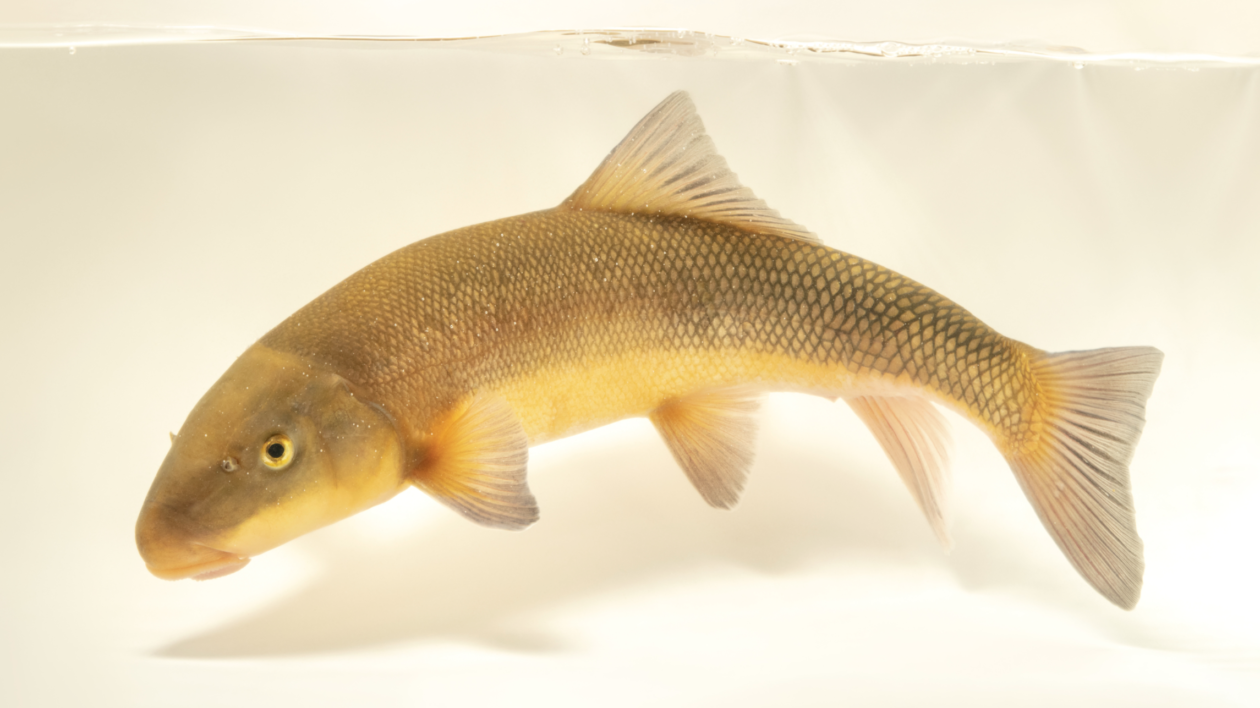
Why Bowfishing Matters
Archery, of course, is an ancient indigenous hunting practice. In more recent times, the use of a bow-and-arrow has become a popular recreational activity. The portrayal of archers in popular media from Robin Hood to The Hunger Games has helped fuel a rise in archery participation, particularly among youth. An abundant white-tailed deer herd has led to many states having long bowhunting seasons, leading to more interest, and bowfishing is an excellent way to sharpen a bowhunter’s skills in the offseason.
Bowfishing, like bowhunting, was long practiced by several indigenous cultures for sustenance. As new archers took to the field, many found that U.S. states had almost no regulation around the taking of “rough” fish with a bow. Recently, the media attention around Asian carp has often mentioned bowfishing as a way to control these highly invasive fish. More participants led to technological advances, including easier-to-shoot bows, specialized boats with shooting platforms, and lights that enable bowfishers to hunt at night.
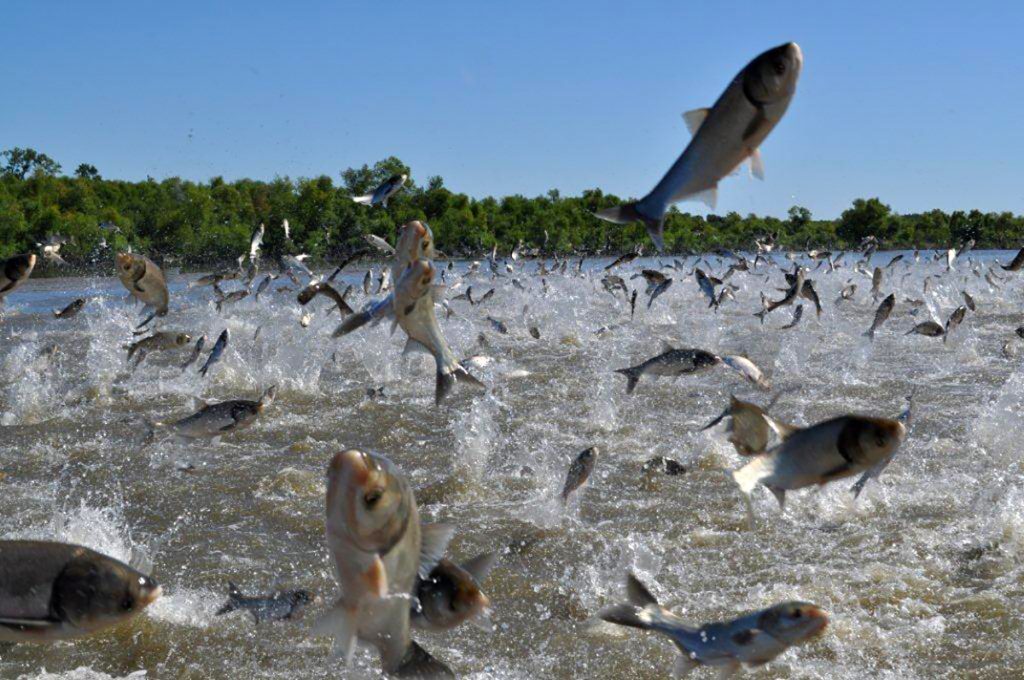
The justification around bowfishing usually centers on the killing of various carp species. But, as Schooley points out, many species pursued by bowfishers are native species that may not be able to sustain unregulated harvest. These species have been unfairly maligned as “rough” fish, but that’s a characterization based on old myth and folklore rather than science.
Native targeted species include buffalo, gar, bowfin, paddlefish and others. In many states, these species can be killed without limit, with no closed season and with few restrictions on fishing methods. Such regulations are not based on science; they’re based on outdated notions (or legal statutes) on what constitutes a game fish, and because these fish have always been managed in this way.
But can such fish sustain the harvest? The bigmouth buffalo, for instance, bares a resemblance to carp and many bowfishers believe they are carp. But they’re a native sucker species, and are an important species in freshwater ecosystems. On a recent episode of the popular fishing show Das Boat, buffalo biologist Alec Lackmann says “Calling a buffalo a carp is like calling a human a lemur,” an implied reference to the evolutionary distance between the two groups. But there’s more than mistaken identity at stake.
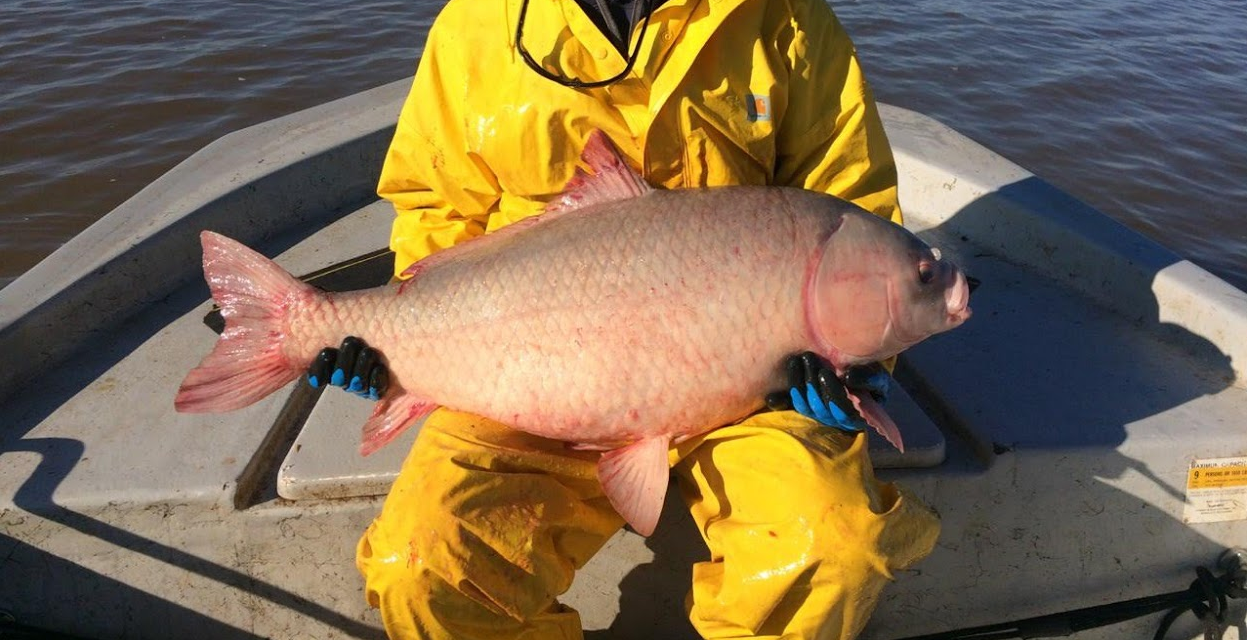
Recent research has shown these buffalo can live more than 100 years. They also breed intermittently rather than annually. “These fish are playing the long game,” says Schooley. “They spawn multiple times in their life. If they make one or several effective spawns, they have succeeded. But that means if you target mature females, you are having a disproportionate impact.”
The same is true for gar, the toothy fish that swam with the dinosaurs. With gar and buffalo, the largest fish are reproductive females. Since these are the “trophies” they often are targeted by bowfishers. But their removal, in unregulated numbers, could be devastating to populations.
Gar populations in Everglades National Park, where bowfishing is not allowed, show much greater size and age class diversity than in populations with bowfishing. “Removing these fish could be causing a permanent change in fish community structure,” says Schooley.
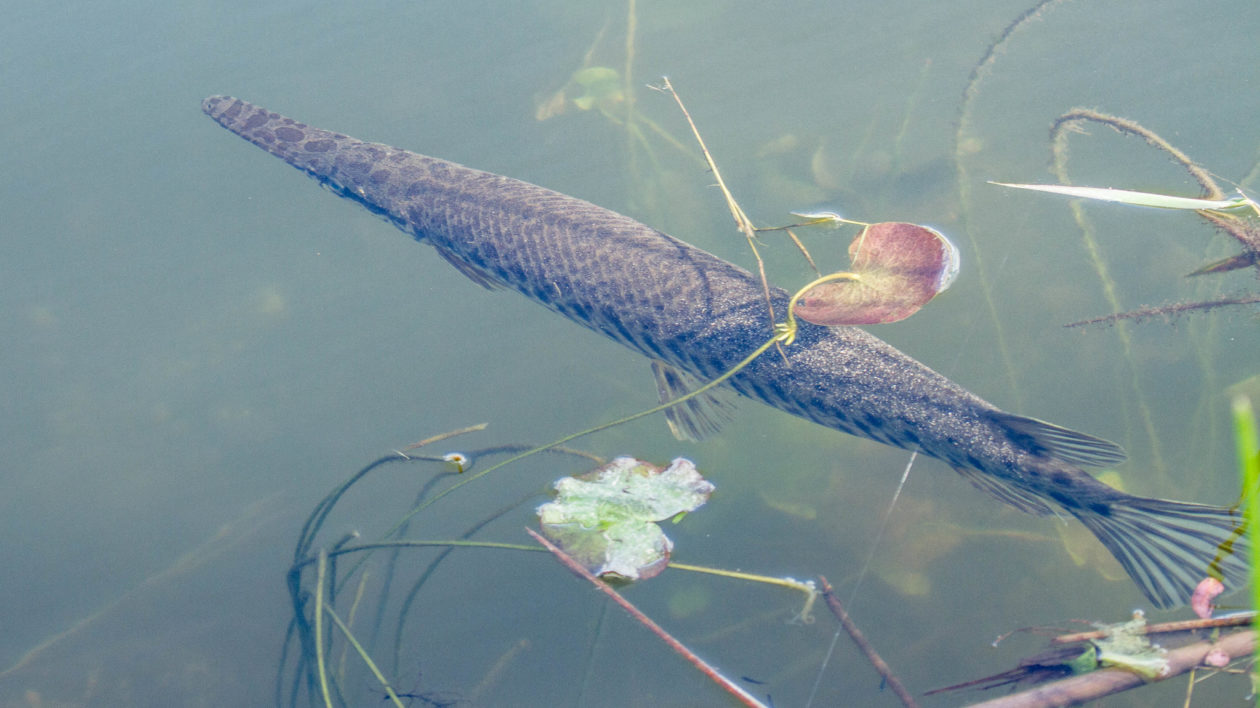
Bowfishing in the Spotlight
Despite the growth in bowfishing, there has been little published research on the sport, its participants, or impacts. The journal article found that “only nine states had bowfishing education programs and none had articulated management goals or plans specific to the sport.”
Schooley sees this paper as a call for change, for management agencies to look specifically at how many native fish are currently being managed – or not managed. There are species – including alligator gar, bigmouth buffalo and paddlefish – that likely should not be permitted species for bowfishing, just as bowfishers may not shoot trout, bass and other “game” species.
“This issue has crept up on a lot of us,” says Schooley. “Unfortunately, to date, there hasn’t been much interest in managing these species or any funding allocated to do it. This growing sport puts the responsibility on state agencies.”
I’d suggest it also puts a responsibility on all of us who consider ourselves native fish conservationists. A growing number of anglers values all native species, and I continue to believe that anglers are the most passionate advocates for fish. A blue-ribbon trout stream will never be opened up to unregulated bowfishing of trout, because fly fishers would never allow it.

I’m heartened by the angling community that is now standing up for gar, bowfin, buffalo and other so-called rough fish. The recent episode of Das Boat, produced by the popular MeatEater brand, makes one of the most passionate and articulate arguments for buffalo conservation I’ve seen. Sites like Roughfish.com have long stood for respect and management of native fish. The outdoor media is increasingly covering “rough” species as great game fish. In Texas, alligator gar bowfishing is becoming more regulated, no doubt aided by the growing catch-and-release fishery for these species.
I’m a catch-and-release rough fisher, and I admit that I feel anger and rage when I see someone slinging arrows at every gar they see. But Schooley is quick to bring my opinions back to a place where they can help. And he is emphatic that his paper is not calling for an end to bowfishing.
“The conversation ‘bowfishing is bad’ is not a helpful conversation,” he says. “Many bowfishers are participating in this sport with the opinion that they’re doing something helpful. And that’s great. We just need to direct that energy to species that really are detrimental, like Asian carp, rather than having them shoot native species like buffalo and gar.”
Right now, many bowfishers just don’t know about the biology of buffalo and gar. (This point is made quite eloquently in the Das Boat series). Schooley is calling on agencies – and anglers and conservationists – to manage fisheries and also educate bowfishers.
“Bowfishing has changed significantly,” he says. “It can be a way to pursue and harvest fish. Our job is to make sure that is done sustainably, so that it is not threatening native fish populations.”
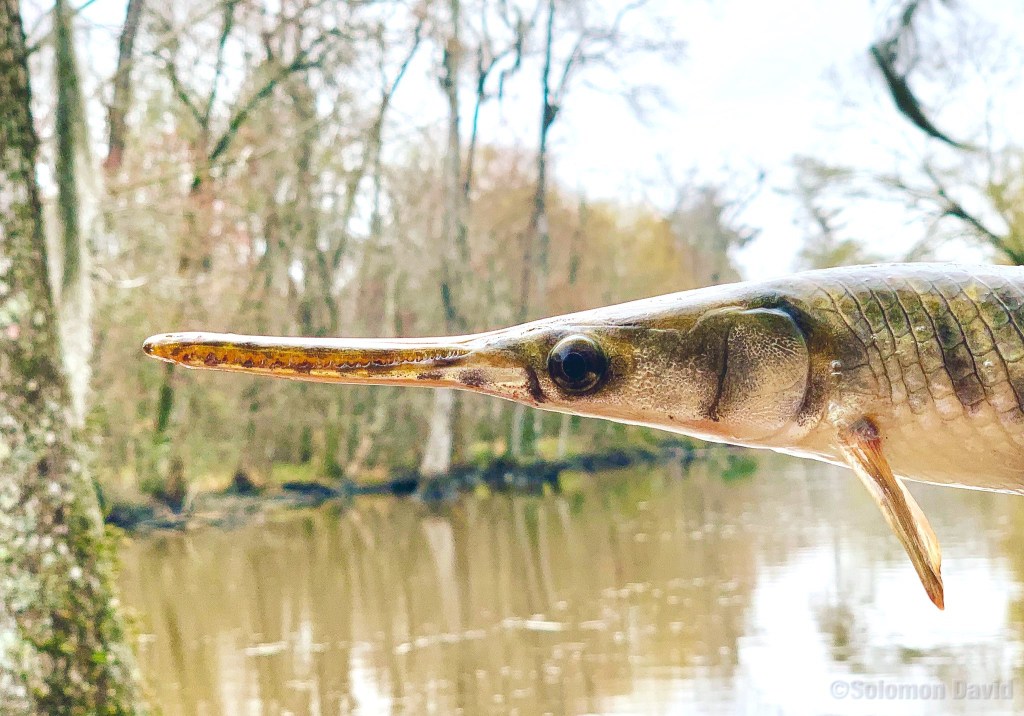



The problem with shooting common carp, is that the biomass tends to stay the same. Shoot a 20 pound carp, and it gets replaced by 10 two pound carp. A lake by where I grew up, in Iowa, used to have a school of about 30 huge 20+pound carp, the lake was clean and had a good population of fairy large bass. Then the county bow fishing club decided to have a tournament on the lake. Ever since, the lake has been absolutely full of tiny, sickly, 1 to 2 pound carp. The bass are gone, the water is brown soup, it’s truly nasty. One tournament, years ago, completely destroyed the lake. We need to better understand the impact bow fishing actually has on carp populations and water quality, especially on impounded bodies of water. I could see it being less of an issue on rivers or large reservoirs, but it still seems a sport that culls the bigger, older fish, is only going to create room for a lot more small, young, fish. I’m all for protecting native species from the arrow, but I think regulating the way carp are taken is equally important. Length limits or bag limits on large fish would be a great place to start
Carp fishing in Europe is a multi billion dollar (annually) industry – and if bowkilling (it’s hardly fishing!) had never been allowed, the USA would have incredible Carp fishing. Tell one of the ‘perp’s’ that they have cost the Country many billions of lost revenue, and they’ll just laugh. Sadly a lot of this could be avoided – if there were any modicum of education readily available – but when big companies are making big $ selling the equipment to outfit these people, and the popular consensus is that they are somehow practicing ‘conservation’ — we’re fighting a losing cause. Being a CPR (catch, photograph, release) angler of some 60+ years, my first questions to these folks (killing big fish) are – “Do you have any comprehension how long it took that fish to grow to that size?” – and finally – ” What happens when you’ve killed everything – and there is nothing left for you – me – our children?” — and they invariably have no answer. If the killing of Carp had never transpired, there would be folks from all over the World queuing up to pay big $ to fish for specimen sized fish (30lbs and over) here in the USA. It would no doubt be on a par with bass angling – and be making many people a lot of money — but as it stands, the popular misapprehension is — “Pffftt — Carp — garbage fish — non Native (they’ve only been here since the 1800’s) best destroy them all. What a tragedy!
I hope that the companies that sell bowfishing gear will do the right thing and the smart thing which would be to get on front of this and educate and encourage bowfishermen to know what they are shooting, to know the difference between native and non-native species, to not wantonly waste and deposit the spoils on roadsides and boat ramps. IF they choose not to get involved, bowfishing might get severely restricted and they could see that market segment dry up.
In my opinion, regulation is overdue. Education and ethics need to be stressed to the participants.
That is all horrible to hear that these people are killing these fish and so ignorent as to think that a buffalo is a carp.I love paddlefish and would breed them if I could. Check out my videos on YouTube name is aquamanerik.
Alligator gar in Tennessee must be released immediately and unharmed. Thanks, Matthew.
Peter, both buffalo and gar are integral to native ecosystems for a variety of reasons, some of which are extrinsic and utilitarian. For example, their young provide important prey items for other highly-sought after game species. For example, bigmouth buffalo young have been shown to be prey for walleye, pike, catfishes, etc (https://en.wikipedia.org/wiki/Bigmouth_buffalo). Bigmouth buffalo have also been found to eat invasive zebra mussel larvae. They play a role in the fight against invasive species, let alone their intrinsic value to the native ecosystem. The buffalos compete directly against invasive carp, including the Asian carps that are still spreading around North America. Gar adults also prey on carp young so also compete against them. The problem is they are not yet publicly recognized for these values. The issue is that these species have long been neglected and were not given proper attention. Bowfishing is a rapidly growing sport and these species are now becoming popular sportfish, so they should be managed as such just like any other native sportfish, especially when catch and release is not allowed/possible in bowfishing.
Bowfishers don’t want to see their buffalo and gar targets eliminated from their waters either, or their sizes stunted due to fisheries-induced evolution, so proactive management is best for long term sustainability, for everyone. Plus bowfishers do not hold a monopoly on these public resources. There are others that value them too. It is a shared resource and the species also have a certain right to exist on the planet. They were here long before humans.
Interesting position Matthew. Please articulate how buffalo and gar are an important freshwater species beyond their status as a native fish? If these fish served a significant purpose they would be protected already. Establishing rules to protect them without good reason just creates a lopsided scenario where the bowfisher is the only one who is regulated. Bowfishers should have the same rights to pursue, capture and utilize any legal species within the established legal limits as any other angler. Concessions made for your personal desires should not come into play, as we all buy our fishing licenses and contribute to the local economies.
Thanks for your comment. Many of us, including me, see value in all biodiversity. I don’t think anything needs a human “purpose.” Also, there is a good reason to protect them, as research shows that removing large females from the population can harm their population. State fish and wildlife agencies change regulations all the time.
What is proposed in this story is not an unusual management position: It is currently how we manage trout, bass and walleye (and many other “game” species) in every U.S. state. The management is aimed at protecting fish populations and providing angler opportunity. For instance, there are many trout streams that are strictly catch and release. Other streams allow catch-and-release fly fishing only. These types of regulations are common. Bowfishers cannot shoot trout or bass. I believe that some species that are currently bowfished, including bigmouth buffalo and alligator gar, should be strictly catch and release, or have very strict harvest limits. And finally, values always come into play in fish and wildlife management. I value native fish. Unregulated killing of them is not justifiable nor is it sound, science-based management.